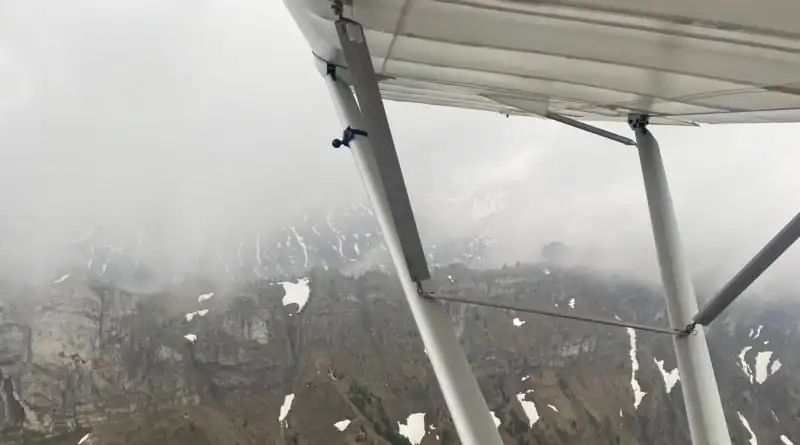More training required for GA pilots
General aviation still has a poor safety record compared to commercial aviation. A new Australian study has analyzed 46 studies and reports.
Many accidents in light aviation could be avoided if pilots were better trained and prepared for exceptional situations. This is shown by various recent studies from overseas and Europe, which were analyzed and summarized by a team of Australian researchers. For example, flights by VFR pilots who end up in IMC due to incorrect assessment almost always end fatally.
The Australian study focusing on fixed-wing aircraftmentions five factors that appear repeatedly in all the studies analyzed. Only one factor relates to the aircraft itself, otherwise it is the human factor and how they act in an unusual situation.
The study once again emphasizes the importance of ongoing training throughout a pilot's career, and the problem is that hardly any further training, particularly in emergency procedures, is required after the exam. Co-author Paul Lee, professor at the University of South Australia, notes that many private general aviation pilots only complete the minimum number of flying hours to keep up to date and hardly attend any further training beyond that. Especially after longer breaks from flying, their skills deteriorate significantly.
Training, training, training
The authors call for the normalization of continuous, hands-on training, whether in the air, in simulators or through the use of new technologies. To this end, they call for a wider introduction of more affordable and accessible options for recurrent training. One option would be to use more flight simulators. These help GA pilots to practice emergencies and improve their decision-making skills safely and affordably.


